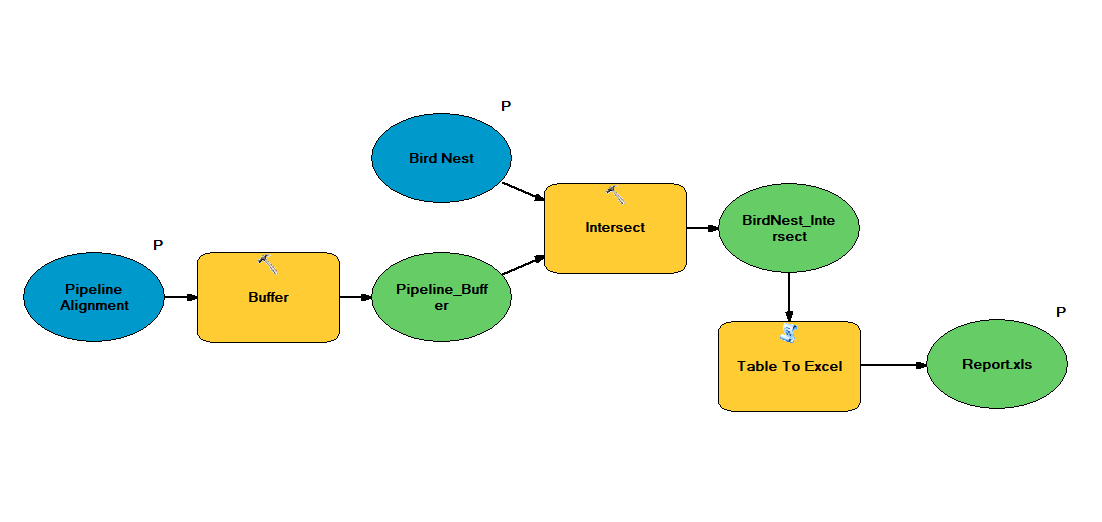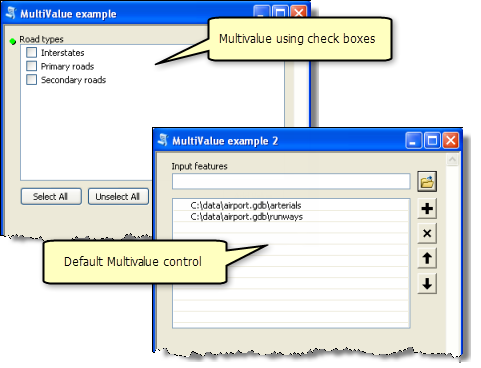

Additional fields are OK, but descriptions in each header are limited to seven characters and cannot have special characters or spaces. It might be as simple as ID, X_coord, Y_coord. Your file should also contain a header line that describes each field. Other attribute data, if available, may go into additional columns, but your points will import fine with just these three pieces of information.

To import properly into ArcGIS, your data file will require a minimum of three fields: a unique identifier for each data point, and the X (easting) and Y (northing) for each location. This may be done in a spreadsheet program such as Google Spreadsheets, or the more ubiquitous Excel. latitude / longitude and NAD27.Ģ) Format your data properly. If you want your locations to integrate correctly with other layers (always a good thing in GIS) you will need to know both the coordinate system and datum used by the source data, e.g.

The source doesn’t matter: it might be locations recorded on a GPS unit that you don’t have a data cable for, coordinates determined from a topographic map, or a simple data set found on the internet. Importing a set of x,y coordinate pairs into ArcGIS is very straightforward, and can be a useful skill if you need to bring in simple coordinate data that is not already in a spatial format.ġ) Acquire some data you want to display on a map.


 0 kommentar(er)
0 kommentar(er)
